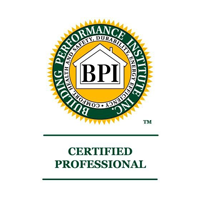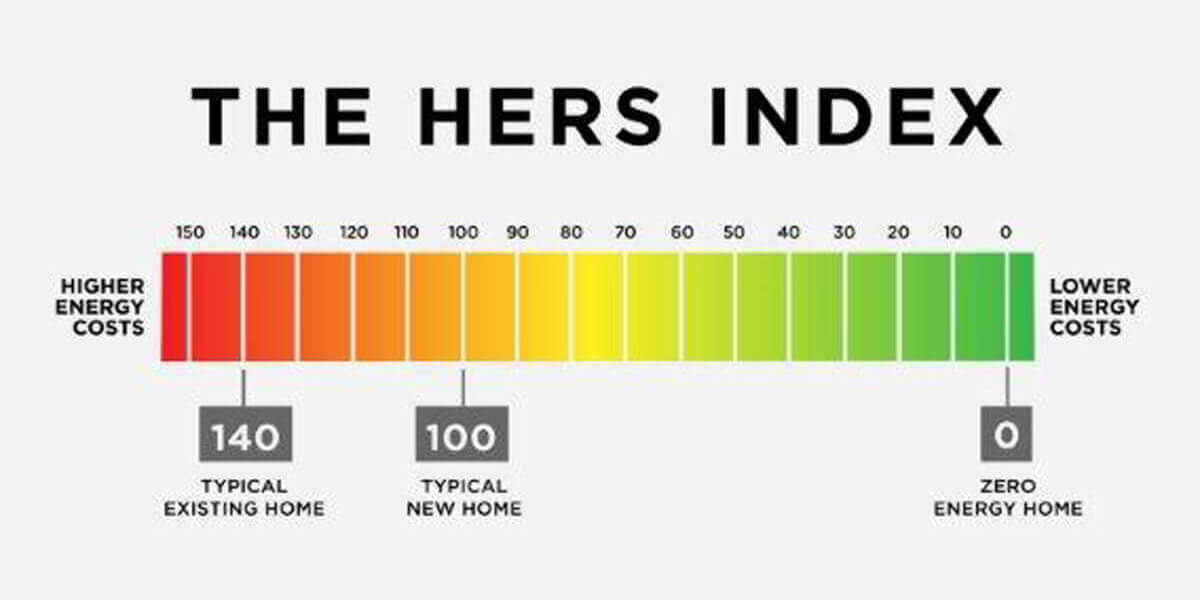Many homeowners believe that in order to seal air leaks in their home, they simply need to caulk and weatherstrip – but these procedures hardly seal the surface. Effective air sealing strategies incorporate these two techniques into the overall sealing strategy, but do not rely on caulking alone.
Sealing the visible leaks in your walls with caulk hardly affects the overall air leakage if you do not pair this sealing with insulation. The unseen cavities within your walls leak the most air, and it is these cavities that require the most attention when it comes to shutting out airflow in your home.
Air flows in paths between the walls of your home, so sealing only the outer visible cracks won’t stop the air leakage. Air still flows throughout your walls, even if the outer wall is sealed. Because the biggest cracks are found behind the walls, it would be an ineffective strategy to simply caulk and weatherstrip the outside leaks.
The material that makes up your walls and the frame of your home helps to determine how much air leakage you have, and how to seal your home. Many homes have a wooden frame. Wood is a material that allows air to pass through easily. To seal a home with a wood frame, insulation is necessary (along with caulking).
To seal off leakage in walls, we use loose fill cellulose insulation. This insulation has the ability to fit into every small crack and corner to effectively seal an entire area. The small cellulose fibers dive into the leakage sites during installation and seal off every gap.
Loose fill cellulose insulation is ideal for sealing in walls, because it can be blown into unreachable places—these sites are often where leakage is highest. The insulation aids in stopping unwanted airflow. When combined with caulking the cracks, your home will be strongly sealed against airflow.
Although caulk alone is not effective, it plays an important role when applied with insulation. Caulk fills visible cracks along with smaller intersections between building materials.
Another variable to consider while air sealing is the outside climate. In New England weather, the inside of a home is warmer than the outside temperature for the majority of the year. Because of this temperature difference, humidity is higher inside during the heating season, so moisture travels from the humid interior to outside. To block this movement, we seal air leaks from the inside, so that air does not exit your home.
Combining insulation and caulking to stop unwanted air leakage is an easy procedure. We encourage it when you’re doing home renovations, because the installers will have easy access to the inner walls.
Although caulking sounds like the easier route in air sealing, it is ineffective when it is not paired with insulation. Joining both of these strategies gives your home the most effective barrier against air leakage; it is the best seal.















